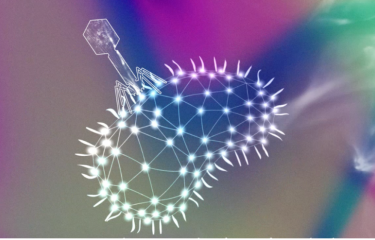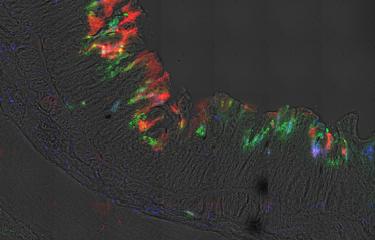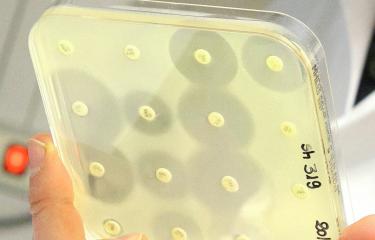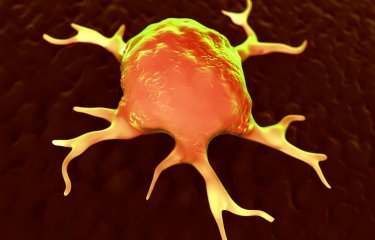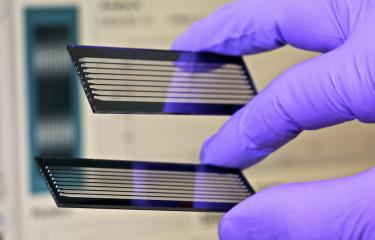Bacteria are under constant attack from viruses known as bacteriophages or phages, recognized as the most abundant organisms on the planet. In response, bacteria have developed an entire arsenal of defense mechanisms against phages, including CRISPR systems, the recent discovery of which is currently giving rise to a surge of new applications, especially in the field of gene editing (gene therapy). Scientists from the Institut Pasteur and the CNRS have recently identified a new system used by staphylococci to defend themselves against phages. Their findings will be published in Cell Host and Microbes on September 22, 2016.
It was during their research on how Staphylococcus epidermidis bacteria use CRISPRs to fight against phages that scientists from the Synthetic Biology Group, directed by David Bikard at the Institut Pasteur, in cooperation with the Institute of Molecular and Supramolecular Chemistry and Biochemistry (University of Lyon-CNRS), made an unexpected discovery: in addition to the CRISPR system, the bacteria are also able to activate another defense mechanism – never previously observed – to destroy these phages.
In this study, the scientists identified the phage's pacK gene as the trigger for this new mechanism. This gene is recognized by the bacterium and activates an enzyme known as kinase Stk2. This kinase, whose action in bacteria was previously unknown, triggers a phosphorylation cascade that acts on several of the bacterium's vital functions, ultimately resulting in the suicide of the infected bacterium. By destroying itself, the first phage-infected bacterium prevents the phage from reproducing, thereby stopping it from spreading to neighboring bacteria.
Kinases similar to Stk2 can be found in many bacteria, suggesting that this defense mechanism may well also exist in these organisms. Improving our understanding of how this system triggers bacterial death could pave the way for new antimicrobial strategies in future. This finding also has implications for phage therapy, a therapeutic strategy based on the use of phages to treat bacterial infections, which is currently the focus of renewed interest in view of the growing problem of antibiotic resistance. Designing effective phage therapies requires a thorough understanding of bacterial resistance to phages.
Source
A eukaryotic-like Serine/Threonine kinase protects Staphylococci against viruses, Cell Host and Microbes, September 22, 2016
Florence Depardieu (1), Jean-Philippe Didier (2), Aude Bernheim (3, 1), Andrew Sherlock (4), Henrik Molina (5), Bertrand Duclos (2) and David Bikard (1)
1. Synthetic Biology Group, Microbiology Department, Institut Pasteur, Paris, 75015, France.
2. Institute of Molecular and Supramolecular Chemistry and Biochemistry, University of Lyon-CNRS, Villeurbanne, 69100
3. AgroParisTech, Paris, 75005, France.
4. Laboratory of Bacteriology, The Rockefeller University, New York, NY 10065, USA.
5. Proteomics Resource Center, The Rockefeller University, New York, NY 10065, USA.
Mis à jour le 23/09/2016




